The Odd Similarties of Halo 3: ODST and Zelda: Majora's Mask
Halo 3: ODST, one of my favorite games of all time, has finally received a proper PC port so I felt it was time to talk about what made it so special. ODST stood out in the Halo series for changing the formula; new gameplay ideas, new design, throwing what a Halo game was on it's head, and focusing on more personal stories about the world you're in as opposed to the big epic scales one got used to. Over the years however, I've noticed one game that does the same thing in it's own series and stands out for those same reasons as ODST, the Legend of Zelda: Majora's Mask. Sure it's a different series and gameplay styles, but you'd be shocked at the common story these games share, right from inception.
On the core, the story also takes a much different focus for both ODST and Majora than Halo 3 and Ocarina did. Both Majora and ODST are focused less on epic stakes and more personal tales than their predecessors were. In Majora, Link chooses to save a world as opposed to being chosen to save it like in Ocarina and ODST is less about saving the galaxy and more about finding your squad and escaping an alien infested city. Both games also focus more on side characters than their more epic predecessors, Majora focusing more on random townspeople than princess' with mystical powers and dark overlords. ODST meanwhile focuses more on a squad of normal humans as opposed to AI's, alien prophets, and eldritch abominations. Really, Majora and ODST use epic stakes as a background for more personal tales with more character than their predecessors, which mind you were not starved for uniqueness and personality in the first place.
Also as a result, the worlds of ODST and Majora have their own stories to tell as well on top of the main plot and side characters. Termina is a much darker world with a wild past that you start to piece together, cataclysmic wars long past, giants of long forgotten lore, and ancient traditions add a lot to Termina. New Mombasa meanwhile literally has a story to tell if you know where to look, having you search out audio logs to piece together "Sadie's Story" the tale of a teenage girl trapped in New Mombasa as the Covenant invade the city. On a similar note, ODST and Majora also have inherently different tones than their predecessors. Majora is a much darker and more depressing game than previous games; with the ever present reminder of the end of the world hanging over your head. ODST meanwhile breaks from the epic and adventurous tone of past Halo's to focus more on a neo-noir detective story, with neon streets and oppressive shadows highlighting your quest to survive.
In terms of gameplay, each are largely similar to their predecessors but also have a seemingly small variation that completely changes the game. In Majora it's masks, simple masks the player can earn from quest completion and certain story events. They can make Link faster, use his face as a bomb, or make you invisible to the naked eye. But then the required masks; Deku, Zora, and Goron completely change how you play the game, granting new abilities and moves. It completely upends how you play a Zelda game and changes the very way you explore the world. Meanwhile ODST has an open world which is a fairly big change, it basically operates like a massive level select that challenges you to move through patrolling squads of Covenant. Though it's not a complete gameplay overhaul like the masks in Majora are, more of a design overhaul in fact but it's enough to make ODST worth replaying a few times, specifically for the audio logs. Oh and going all the way through both masks and audio logs changes the ending, though ODST just gives you different cutscenes where Majora gives you a whole new mask which changes the game.
ODST and Majora are the prime examples of taking what worked before and mixing it up to make something new. I think people do themselves a disservice by stating that every sequel should be something new and from the ground up all the time. I mean I get it, I dropped Call of Duty because I got sick of it's constant repeating. But it doesn't hurt for a company, every once in a while, to try something new with the assets you have on hand. I mean, you already have most of the assets and a functional game engine. Why not try?
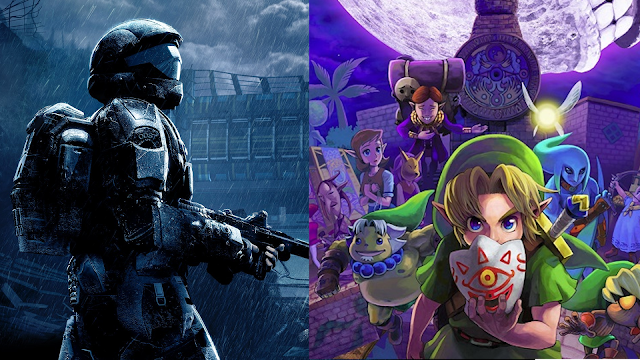


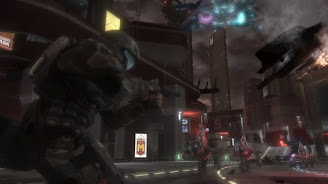


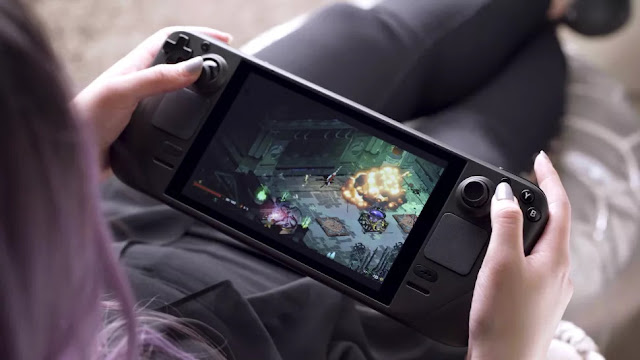
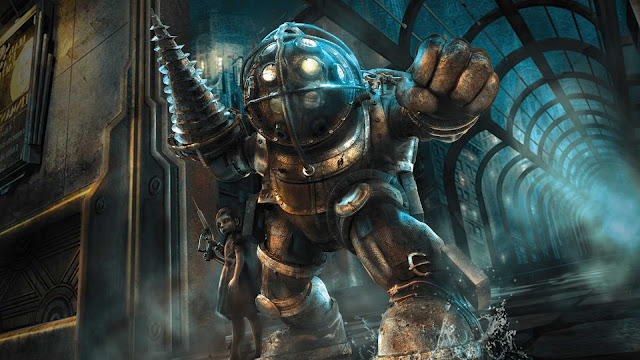
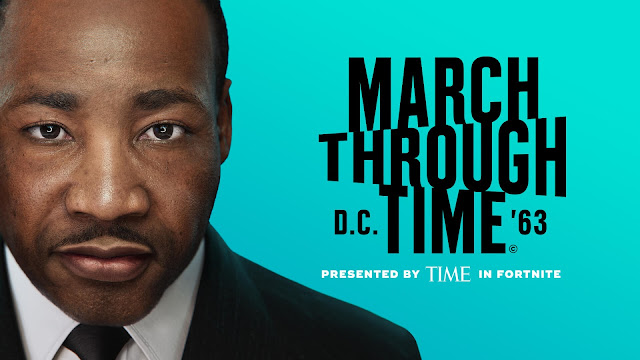
Comments
Post a Comment